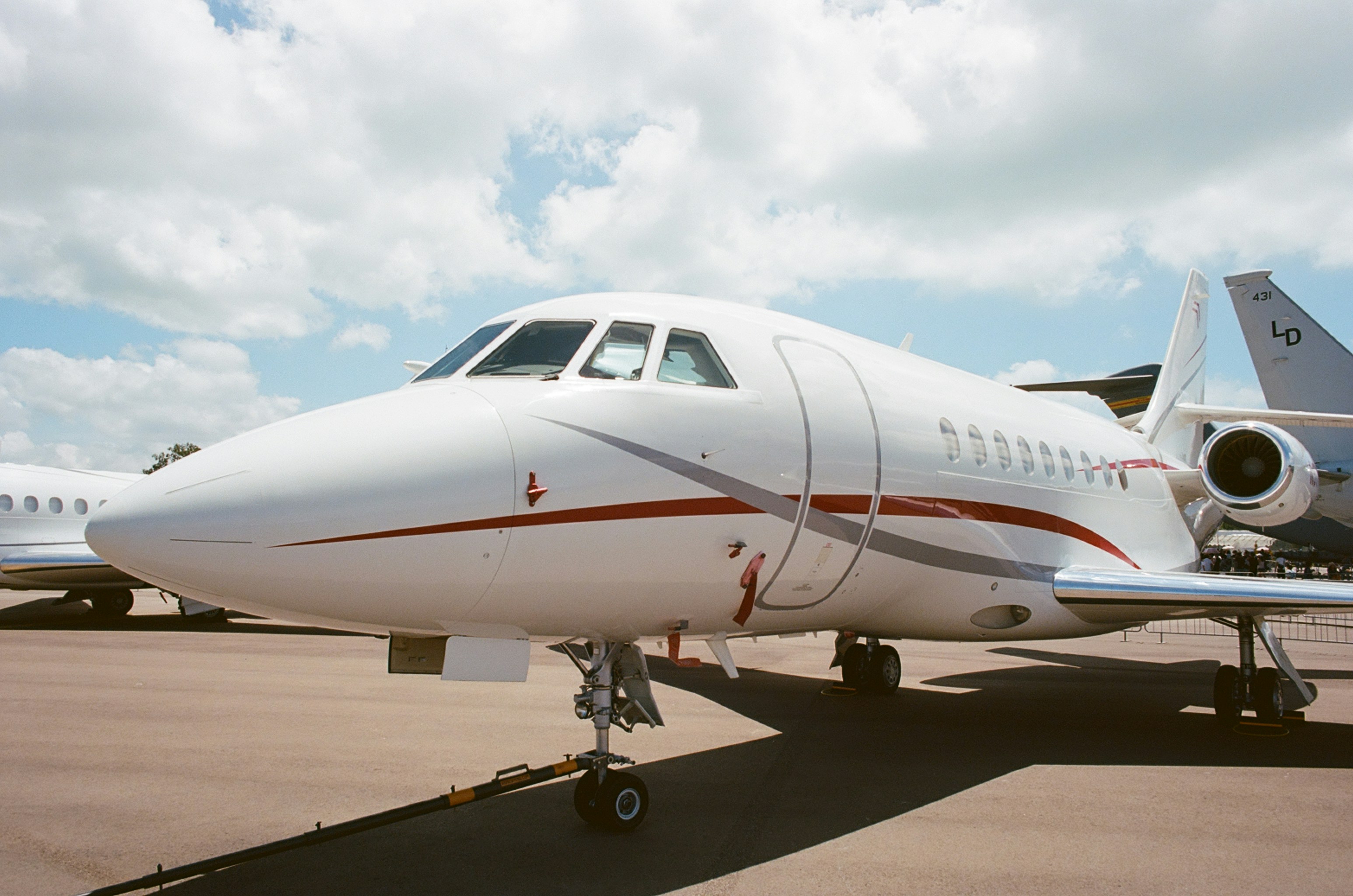Aviation Training Programs: Types, Requirements, and Career Paths
Aviation training encompasses several specialized programs designed to prepare individuals for various roles in the aviation industry. Private pilot training serves as the foundation, allowing students to fly small aircraft for personal use. Commercial pilot training builds upon this foundation, preparing pilots for airline careers or charter services. Instrument rating programs teach pilots to navigate using aircraft instruments rather than visual references, essential for flying in poor weather conditions.

What are the Different Types of Aviation Training Programs?
Aviation training encompasses several distinct pathways designed for different career objectives. Commercial pilot training programs prepare students for airline careers, typically including private pilot license (PPL), instrument rating (IR), commercial pilot license (CPL), and airline transport pilot license (ATPL) certifications. Flight instructor programs focus on teaching skills, while aircraft maintenance technician training covers mechanical systems and repair procedures.
Specialized programs include air traffic control training, aviation management degrees, and unmanned aircraft systems (UAS) certification. Military aviation training offers another pathway, providing comprehensive flight training and technical education. Each program type addresses specific industry needs and career goals, from cockpit operations to ground support services.
What Qualifications are Needed to Start Aviation Training?
Basic requirements for aviation training programs typically include a high school diploma or equivalent, minimum age requirements (usually 17-18 years), and medical certification from an FAA-authorized medical examiner. Pilot training requires a first-class medical certificate for commercial operations, while maintenance training may require less stringent medical standards.
English proficiency is mandatory for all aviation careers, as international aviation communication occurs in English. Some programs require college coursework in mathematics, physics, or related technical subjects. Background checks and security clearances are standard requirements due to aviation security regulations. Vision and hearing standards must meet specific thresholds, though corrective lenses are generally acceptable.
How Long Does it Take to Complete Aviation Training?
Training duration varies significantly based on program type and intensity. Private pilot licenses can be earned in 2-6 months with consistent training, while commercial pilot programs typically require 12-24 months for completion. Airline transport pilot certification demands additional flight hours and experience, often taking 3-5 years from initial training start.
Aircraft maintenance technician programs usually span 18-24 months for comprehensive certification. Air traffic control training involves 6-18 months of classroom and on-the-job training. Accelerated programs offer faster completion times but require full-time commitment and intensive study schedules. Part-time training extends timelines but accommodates working professionals.
How Much Does Aviation Training Cost?
Aviation training represents a significant financial investment with costs varying widely by program type and location. Understanding these expenses helps prospective students plan their educational financing effectively.
| Training Program | Provider Type | Cost Estimation |
|---|---|---|
| Private Pilot License | Local Flight Schools | $8,000 - $15,000 |
| Commercial Pilot Program | University Programs | $80,000 - $200,000 |
| Aircraft Maintenance | Technical Colleges | $15,000 - $40,000 |
| Airline Career Programs | ATP Flight School | $80,000 - $180,000 |
| Air Traffic Control | Community Colleges | $5,000 - $20,000 |
Prices, rates, or cost estimates mentioned in this article are based on the latest available information but may change over time. Independent research is advised before making financial decisions.
Financing options include federal student aid, private loans, military benefits, and airline-sponsored training programs. Some airlines offer tuition reimbursement or direct-entry programs that reduce upfront costs. Scholarship opportunities exist through aviation organizations and educational institutions.
What Career Opportunities are Available After Completing Aviation Training?
Aviation training opens doors to diverse career paths across commercial, corporate, and government sectors. Commercial airline pilots represent the most visible career option, with opportunities at regional carriers, major airlines, and international operators. Corporate aviation offers pilot positions with private companies, providing varied flying experiences and often better work-life balance.
Aircraft maintenance careers include line maintenance, heavy maintenance, avionics specialists, and quality assurance roles. Air traffic controllers work at airports, approach control facilities, and en-route centers. Aviation management positions encompass airport operations, airline management, and regulatory compliance roles.
Emerging opportunities include drone operations, aviation cybersecurity, and sustainable aviation technology development. Flight instruction provides entry-level experience while building flight hours. Government positions include military aviation, FAA inspection roles, and transportation security careers.
The aviation industry continues evolving with technological advances creating new specializations. Electric aircraft development, autonomous flight systems, and space tourism represent emerging fields requiring specialized training. Career advancement often involves continuous education and additional certifications to maintain competitiveness in this dynamic industry.
Successful aviation careers require dedication to ongoing learning, safety consciousness, and adaptability to industry changes. The investment in quality training programs typically yields stable, well-compensated career opportunities in a globally connected industry.




